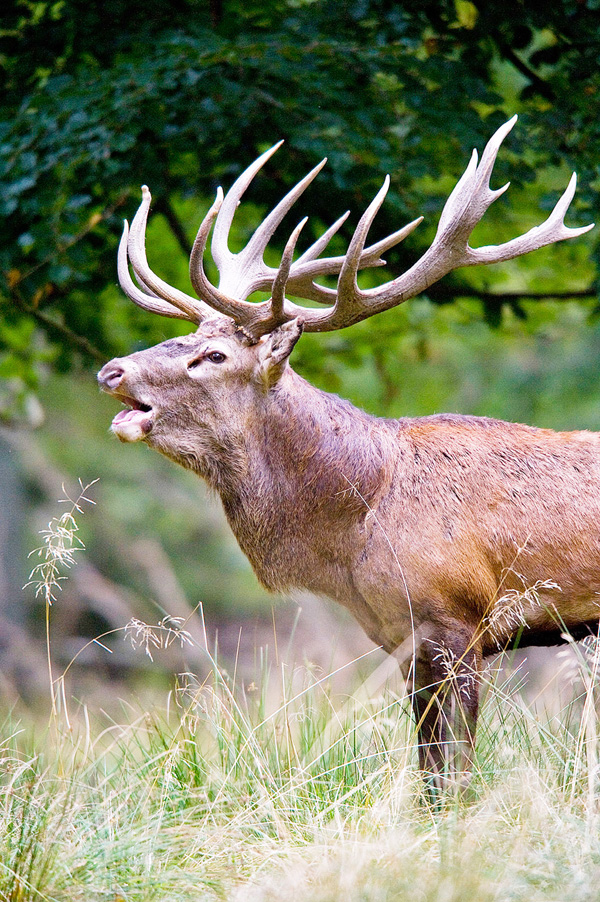G.L. Khajuria
The Dachigam wildlife Park in Kashmir Valley is famous worldwide for the charming Hangul population over the years. The lovely red deer Hangul (cerous Hanguls) is the rich and beautiful heritage of the vale of Kashmir. The predominant causes are human interference together with the natural hazards such as fire. These two prominent causes have lowered down their population. It is expected that if appropriate steps are not taken for its planned protection, the day is not far off when it will be totally wiped out from the park.
The Government of India as well that of our state along with wildlife lovers, stakeholders should in unison seek ways and means for well planned strategies which is warranted in safeguarding this globally famed species of deer family and strategic planning needs to be chalked out and implemented.
Jammu and Kashmir State with some scattered species found elsewhere in the Himalayan regions of the state.
This charming golden deer is also in existence in Gamugal sanctuary in Himachal Pradesh.
Basically, hangul prefer to live in dense forest alongside rivers surrounded by mountains between 1700 to 3700 meters above mean sea level (MSL) in the uplands and valleys. But these come down to lower areas having the same habitat.
In March-April, it starts moving towards hill and uplands and stay there and with the start of summer, it starts its journey toward low lying areas of valley.
Apart from this hangul, other wildlife species found in this national park include lepord, musk deer, hill fox, jackal, conglomerated with a variety of birds such as wood pickers, Minuet, cinnamon, sparrow and their allieds.
The turmoil and turbulence accruing from political imbalance and over grazing by cattle into their territory have severely caused loss of habitat. All these factors in unison have attributed in marring the endangered status of the animal. The decreasing trend of the hangul population and the over increasing threats has in one way or the other necessitated the genetic analysis. The hanguls are now confined within 141 sq kms of the national park. The Jammu & Kashmir Light Infantry (JKI) with J&K forest department in close coordination can go a long way in preserving and safe guarding the hangul population.
The hangul or red deer is globally well known for its reddish coat with twin antlers. The beautiful deer confined in Dachigam park is the largest reserve in India and being endemic warrants conservation and preservation under wildlife Act of 1972 and 1986 which do demand revamping with an addendum to prioritize with the introduction new clauses for the preservation and promotion of this peerless and unique red deer in the park.
The park was engulfed by forest fire in the past and fire fighting apparatus needs to be invigorated to safe guard the stag as well as its habitat with multihued wildlife subsisting within the sensitive Dachigam park.
(The author is Former Dy. Conservator, J&K Forest)


